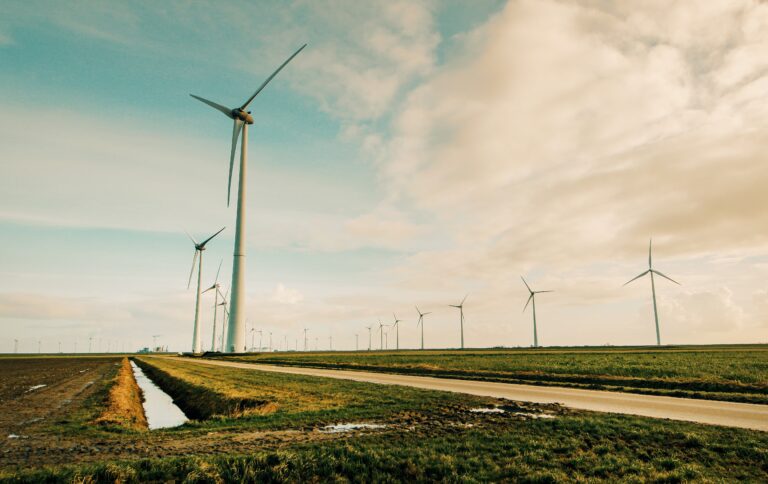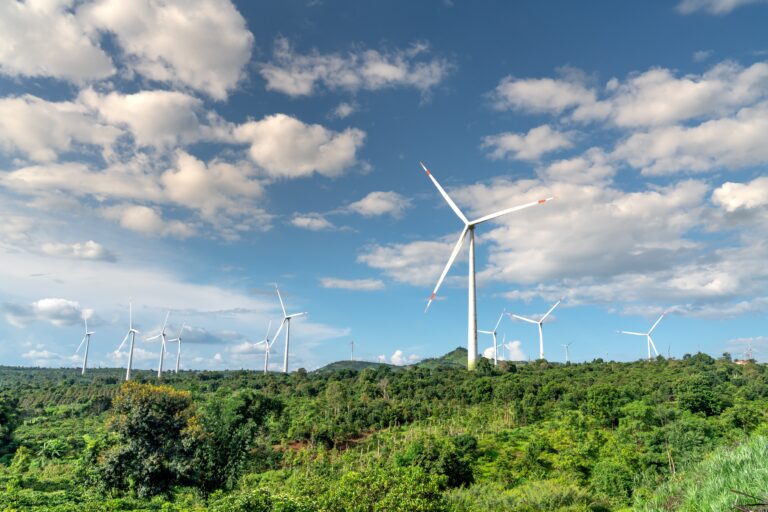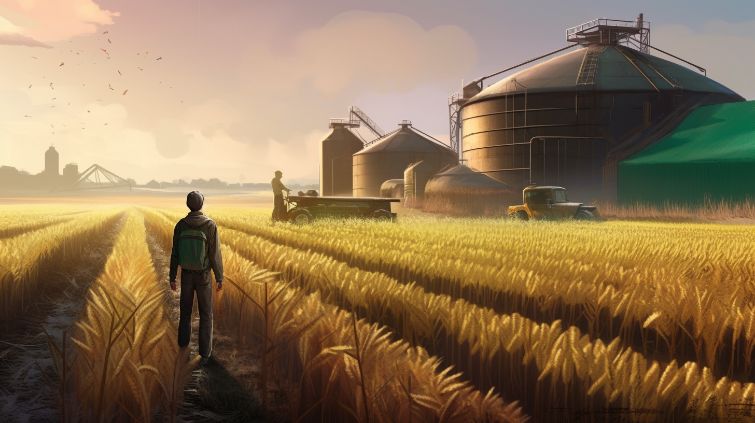The Fundamentals of Biofuels
Biofuels, derived from organic materials like plants and animals, offer a sustainable alternative to fossil fuels, with the potential to reduce greenhouse gas emissions and environmental impact. They come in three generations: first-generation biofuels, made from food crops, are easy to produce but may lead to food scarcity; second-generation biofuels, derived from non-food biomass, are more sustainable but costlier to produce; and third-generation biofuels, produced from algae and microbes, are the most eco-friendly but require advanced technology. The future of biofuels looks promising, with ongoing research aimed at enhancing efficiency and reducing production costs, yet challenges such as land and resource competition, as well as environmental concerns, need to be addressed to fully realize their potential as a viable energy source.
Table of Contents
Biofuels are forms of sustainable energy obtained from organic materials such as plants and livestock waste. They are regarded as a viable option to nonrenewable fossil fuels, which add to climate change. Biofuels have received a lot of notice recently because of their ability to decrease greenhouse gas emissions and reliance on foreign energy.
Biofuels have been around since the 19th century, when Rudolf Diesel, the creator of the diesel engine, used groundnut oil as fuel. However, biofuels did not receive broad notice until the 1970s oil crisis. Since then, study and development have resulted in the creation of different biofuels, such as ethanol, biodiesel, and biogas.
Types of Biofuels
Biofuels are forms of renewable energy drawn from organic materials such as vegetation and animals. They are regarded as a more sustainable option to fossil fuels because they produce fewer greenhouse emissions and are less detrimental to the ecosystem. Biofuels are classified into three types: first-generation, second-generation, and third-generation biofuels.
Biofuels of the first generation
Food products such as maize, sugarcane, and legumes are used to make first-generation biodiesel. They have been in use for many years and are also known as traditional biofuels. The most prevalent first-generation biofuels are ethanol and biodiesel.
The abundance and cost of first-generation biofuels are two advantages. They are also simple to manufacture and can be used in current cars with no modifications. They do, however, have a number of drawbacks. First-generation biofuels are derived from food crops, which may result in food scarcity and increased food costs. They also take a lot of water and energy to make, which can be harmful to the ecosystem.
Biofuels of the second generation
Non-food products such as switchgrass, wood chips, and farm refuse are used to make second-generation biofuels. They are also referred to as advanced biofuels, and they are thought to be more durable than first-generation biofuels. The most prevalent second-generation biofuels are cellulosic ethanol and biodiesel.
Second-generation biofuels have the advantage of being more sustainable and having a lower effect on food costs. They also consume less water and energy than first-generation biodiesel. They do, however, have a number of drawbacks. Second-generation biofuels are more costly to make and necessitate the use of new technologies. They also produce less energy than first-generation biofuels.
Biofuels of the third generation
Algae and other microbes are used to create third-generation biofuels. They are also known as advanced biofuels and are thought to be the most environmentally friendly of all biofuels. The most prevalent third-generation biofuels are algae-based biodiesel and bioethanol.
Third-generation biofuels have high energy yields and have a lower effect on food costs. They also consume less water and energy than first-generation biodiesel. They do, however, have a number of drawbacks. Third-generation biofuels are more costly to make and necessitate the use of new technologies. They also require a lot of land and water to create, which can be harmful to the ecosystem.
Finally, biofuels are a hopeful substitute for natural fuels. However, each form of biodiesel has its own set of benefits and drawbacks. When deciding which sort of biofuel to use, these variables must be thoroughly considered.
Production of Biofuels
Biofuel feedstocks
There are numerous feedstocks that can be used to make biodiesel, including:
- Corn
- Soybeans
- Sugarcane
- Algae
- Vegetable oil waste
Each feedstock variety has benefits and drawbacks. Corn, for example, is a common feedstock that can be readily transformed into ethanol. However, it needs a lot of water and fertilizer to develop, which can have a detrimental effect on the environment. Algae, on the other hand, can be produced in wastewater and does not require arable territory, but it is still in its infancy and is not yet monetarily feasible.
Processes of conversion
There are also numerous conversion methods that can be used to create biofuels, such as:
- Pyrolysis
- Fermentation
- Transesterification
- Gasification
Each sort of conversion procedure has its own set of benefits and drawbacks. Fermentation, for example, is a straightforward and well-established method for producing ethanol from corn. However, it is not appropriate for all feedstocks and can result in poor yields. Transesterification is a method that can be used to make biodiesel from veggie oil, but it consumes a lot of energy and produces harmful byproducts.
Difficulties in biodiesel manufacturing
Despite the possible advantages of biofuels, there are a number of issues that must be handled. These are some examples:
- Environmental concerns: The creation of biofuels can have bad environmental consequences such as deforestation and river pollution.
- Economic viability: Biofuel production can be costly, and without government subsidies, it may not be fiscally feasible.
- Technological constraints: Some feedstocks and conversion methods are still in the development phases and may not be economically feasible.
Finally, biofuels have the ability to be a long-term and ecologically beneficial option to fossil fuels. However, their production is fraught with difficulties, and more study and development are required to surmount these obstacles and make biofuels a feasible energy source.
Applications of Biofuels
Biofuels are forms of renewable energy drawn from organic materials such as vegetation and animals. They have grown in favor in recent years as a means of reducing greenhouse gas pollution and reliance on fossil fuels. In this essay, we will look at the different uses for biofuels.
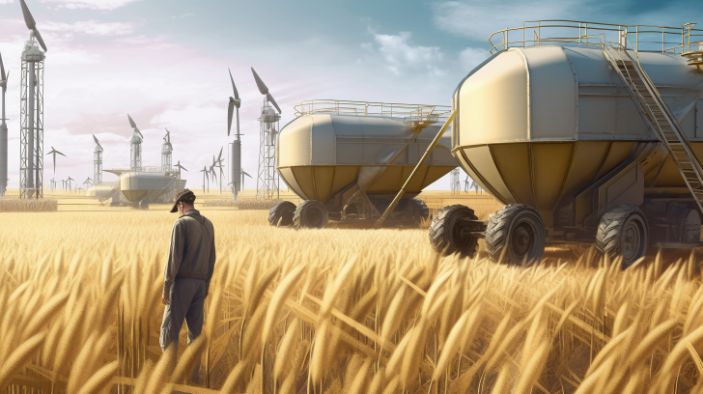
Transportation industry
The transportation industry is one of the world’s biggest energy users. Biofuels have been used as a substitute for fossil fuels in automobiles, vehicles, and aircraft. In the transit industry, biofuels such as ethanol and biodiesel are widely used. Ethanol is mostly used in petroleum blends, whereas biodiesel is a diesel fuel replacement.
The benefits of biofuels in transit include lower greenhouse gas pollution, better air quality, and less reliance on fossil fuels. However, there are some drawbacks, such as the possibility of land-use shift and rivalry with food products.
Generation of electricity
Biofuels can also be used to produce energy in power plants. Biomass, which is organic substance such as wood chips and farm refuse, can be incinerated to create steam, which is used to power turbines, which generate energy. Biogas, which is generated by organic matter decomposition, can also be used to make energy.
Reduced greenhouse gas pollution and the possibility for energy freedom are two advantages of using biofuels in power production. However, there are some drawbacks, such as the possibility of land-use shift and rivalry with food products.
Additional submissions
Biofuels can be used in heating and ventilation devices as well. Biomass can be incinerated to generate heat for structures, while biogas can fuel heating and ventilation systems. Biofuels can also be used in commercial operations such as pharmaceutical and plastic manufacture.
Finally, biofuels have a wide range of uses in industries such as transportation, electricity production, and heating and cooling systems. While there are benefits to using biofuels, such as lower greenhouse gas pollution and energy freedom, there are also some drawbacks, such as the possibility of land-use change and rivalry with food products. The use of biofuels and their effect on the environment and society must be thoroughly considered.
The Future of Biofuels
Biofuels are getting appeal as a possible replacement for fossil fuels. Current developments in biodiesel research and development are centered on increasing biofuel production efficiency and lowering production costs. To boost biofuel supply, scientists are investigating novel biofuel sources such as algae and waste products.
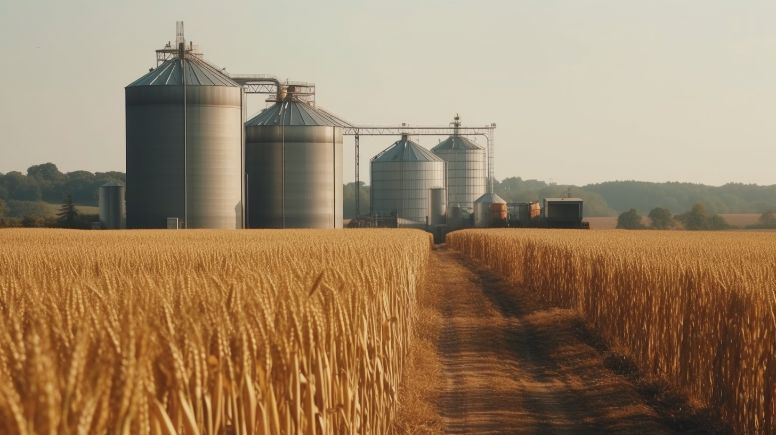
Biofuels have a large capacity to replace fossil fuels. Biofuels are inexhaustible and produce less carbon gas emissions than fossil fuels. They can be used in current infrastructure, such as vehicles and electricity facilities, without requiring significant changes. Biofuels have the ability to decrease reliance on imported oil while also creating new employment in the biofuel sector.
However, there are difficulties and barriers to broad biofuel adoption. The competition for territory and resources is a significant task. Biofuel production necessitates a significant quantity of land, water, and energy, which can clash with food production and other land uses. Another issue is the manufacturing expense, which is presently greater than that of fossil fuels. Concerns have also been raised about the environmental effect of biofuel manufacturing, such as deforestation and river pollution.
To summarize, the future of biofuels looks bright, but there are still obstacles to surmount. Continued R&D is required to enhance the efficacy and sustainability of biofuel manufacturing. To guarantee that biofuels can be a feasible option to fossil fuels, policymakers must also handle the challenges of land use and resource competition.
Conclusion
Finally, biofuels have the ability to transform the energy sector and reduce our reliance on fossil fuels. We have looked at the advantages of biofuels, such as their ability to decrease greenhouse gas emissions, enhance air quality, and generate new economic possibilities.
It is obvious that continued biofuel research and development is critical to realizing their maximum potential. As technology improves and new innovations appear, we can anticipate biofuels to provide even greater benefits in the coming years.
However, the biofuels sector cannot expand without the help of people and policymakers. It is up to us all to advocate for the creation of sustainable biofuels and laws that encourage their use.
We can build a cleaner, more sustainable world for ourselves and future generations by working together. Let us all do our bit to help the biofuels business flourish and create a better world for all.



